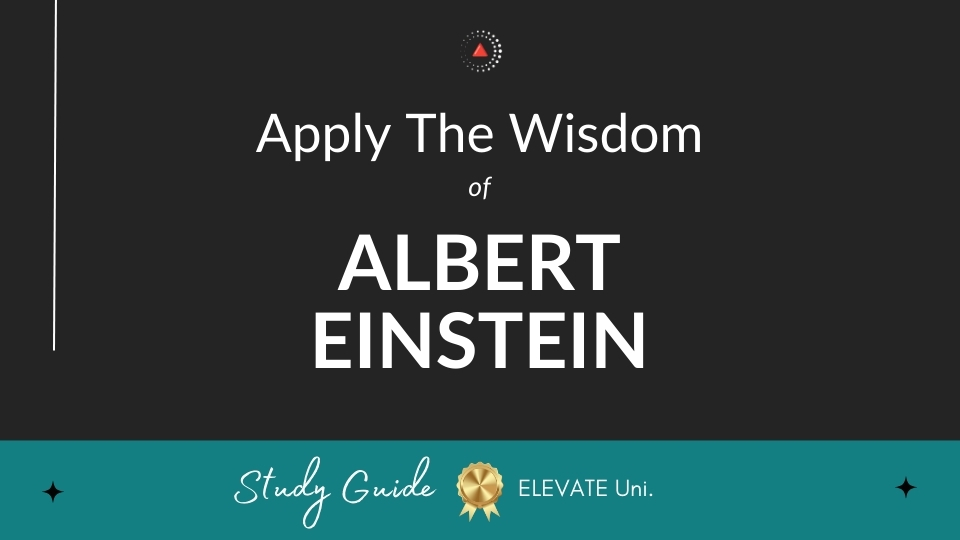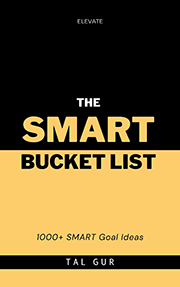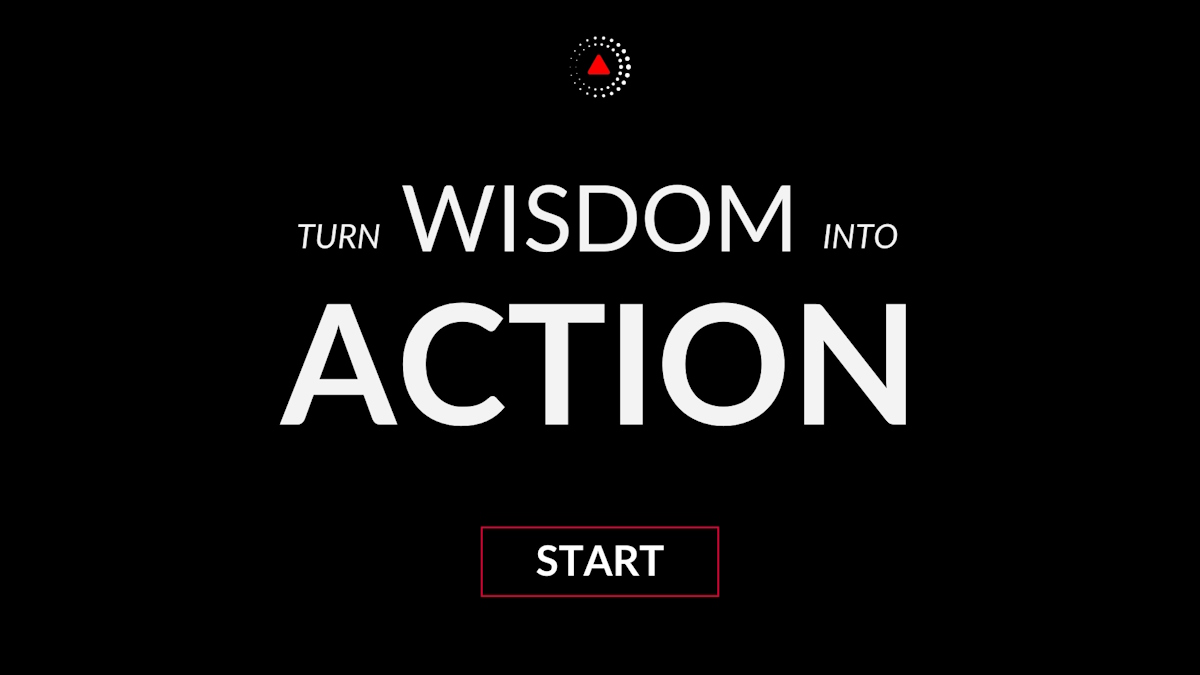You cannot simultaneously prevent and prepare for war.
What's the meaning of this quote?
Quote Meaning: At its core, the quote suggests a fundamental dilemma inherent in the realm of conflict and security. It delves into the paradoxical nature of trying to maintain peace while gearing up for potential conflict. Let's unpack this insightful statement.
When we talk about preventing war, we're discussing efforts aimed at diffusing tensions, fostering diplomacy, and building bridges between nations or groups in conflict. These endeavors typically involve negotiation, dialogue, and sometimes concessions to address grievances and avoid escalation. Preventive measures might include treaties, peacekeeping missions, economic sanctions, or diplomatic interventions. The goal is to create an environment where war becomes less likely or unnecessary.
On the other hand, preparation for war involves readying one's defenses, strengthening military capabilities, and strategizing for potential conflicts. This preparation encompasses various aspects, such as military training, acquiring weapons and technology, fortifying borders, and developing contingency plans. The underlying rationale is to deter aggression, protect national interests, and ensure the ability to respond effectively if diplomacy fails.
However, the quote highlights a critical tension between these two objectives. To prevent war effectively, resources and energy must be allocated toward peaceful endeavors—building trust, fostering cooperation, and addressing underlying grievances. Conversely, preparing for war necessitates a focus on defense mechanisms, potentially fueling distrust, escalating tensions, and even provoking adversaries.
In essence, the quote suggests that the allocation of resources, both tangible and intangible, poses a dilemma. Resources spent on one endeavor might detract from the other. For instance, investing heavily in military capabilities might be seen as a signal of aggression by adversaries, undermining diplomatic efforts. Conversely, prioritizing diplomacy over defense might be perceived as weakness, emboldening potential aggressors.
Moreover, the quote implies a deeper philosophical insight into the nature of conflict and human behavior. It underscores the challenge of balancing proactive measures to prevent conflict with reactive measures to defend against it. Human history is rife with examples where nations oscillate between these two approaches, sometimes with unintended consequences.
Furthermore, the quote suggests that the mindset and approach required for prevention may differ significantly from that required for preparation. Preventing war demands empathy, communication, and a willingness to understand and address the grievances of all parties involved. Conversely, preparing for war often entails a more adversarial mindset, prioritizing strength, and readiness to deter potential adversaries.
In conclusion, the quote encapsulates a profound truth about the complexities of conflict resolution and security. It highlights the inherent tension between preventing war through peaceful means and preparing for it through military readiness. Striking the right balance between these two objectives is a perpetual challenge for policymakers and leaders worldwide.
Who said the quote?
The quote "You cannot simultaneously prevent and prepare for war." is often attributed to Albert Einstein (Bio / Quotes). Albert Einstein was a German physicist and Nobel Prize winner who is widely regarded as one of the most influential scientists in history.
Applying the quote to your life
Unlock Einstein's wisdom and apply it to your life by getting the in-depth Albert Einstein Workbook & Study Guide, complete with top quotes, insightful commentary, reflective questions, and practical uses for everyday life. 👇
To apply more wisdom, get the All-Access Pass, which includes hundreds of study guides from the world's top minds. These include deep insights from individuals such as Nelson Mandela, Steve Jobs, and Albert Einstein, as well as some of the top authors and personal development books.
What are Albert Einstein's Best Quotes?
Watch on Elevate's YouTube channel and be sure to subscribe for more wisdom and insights from the world's top minds.
Subscribe on YouTube to get the latest quote videos delivered straight to you:
Is there a historical example that illustrates the message of the quote?
The quote "You cannot simultaneously prevent and prepare for war" underscores the inherent contradiction in attempting to both avert conflict and gear up for it. A compelling historical example of this is the prelude to World War II, particularly the policy of appeasement pursued by Britain and France in the 1930s.
In the aftermath of World War I, European nations were eager to avoid another large-scale conflict. The trauma and devastation of the Great War led many leaders to prioritize peace and stability above all else. In this climate, British Prime Minister Neville Chamberlain and French Premier Édouard Daladier adopted a policy of appeasement towards Nazi Germany, believing that by making concessions to Adolf Hitler—such as allowing the annexation of Czechoslovakia's Sudetenland—they could prevent a larger war.
However, this strategy of appeasement was deeply flawed. By making these concessions, the Western powers were not effectively preparing for the possibility of a conflict. Instead, they were emboldening Hitler and failing to build the necessary military and strategic defenses to counter his aggressive expansionism. The policy of appeasement ultimately proved ineffective, and when World War II broke out in 1939, Britain and France were caught off guard, struggling to mobilize their forces against a much stronger German military.
This historical example vividly illustrates the quote’s message. The attempt to prevent war through appeasement simultaneously weakened the resolve to prepare for potential conflict, leading to a much larger and more devastating war than might have been avoided with a more balanced approach.
How can the quote be applied in a real-life scenario?
Applying the quote "You cannot simultaneously prevent and prepare for war" in a real-life scenario requires an understanding of how to balance proactive and reactive measures in various situations, not just military ones.
Consider the scenario of a company facing the threat of a significant technological disruption. The company's leadership might be inclined to focus all their efforts on negotiating with potential disruptors or attempting to lobby for regulations that prevent the disruption from occurring. This could involve engaging in extensive discussions with industry regulators, participating in public relations campaigns, or working to forge agreements with competitors to avoid the disruptive technology's impact.
However, if the company invests all its resources in these preventative measures, it may neglect to develop its own innovative technologies or adapt its current systems to be resilient against the disruption. The result is that the company might be unprepared to compete effectively or survive if the disruption does occur. By the time the disruptive technology is widely adopted, the company may find itself at a significant disadvantage, struggling to catch up with competitors who had been preparing for such a shift.
In real life, the quote highlights the importance of striking a balance between prevention and preparation. It suggests that while it is essential to seek ways to avoid potential crises or conflicts, it is equally critical to invest in building the capability to handle these challenges should they arise. This approach ensures that one is not left vulnerable due to an overemphasis on one aspect while neglecting the other, thus maintaining resilience and adaptability in the face of uncertainty.
Chief Editor
 Tal Gur is an author, founder, and impact-driven entrepreneur at heart. After trading his daily grind for a life of his own daring design, he spent a decade pursuing 100 major life goals around the globe. His journey and most recent book, The Art of Fully Living, has led him to found Elevate Society.
Tal Gur is an author, founder, and impact-driven entrepreneur at heart. After trading his daily grind for a life of his own daring design, he spent a decade pursuing 100 major life goals around the globe. His journey and most recent book, The Art of Fully Living, has led him to found Elevate Society.






















